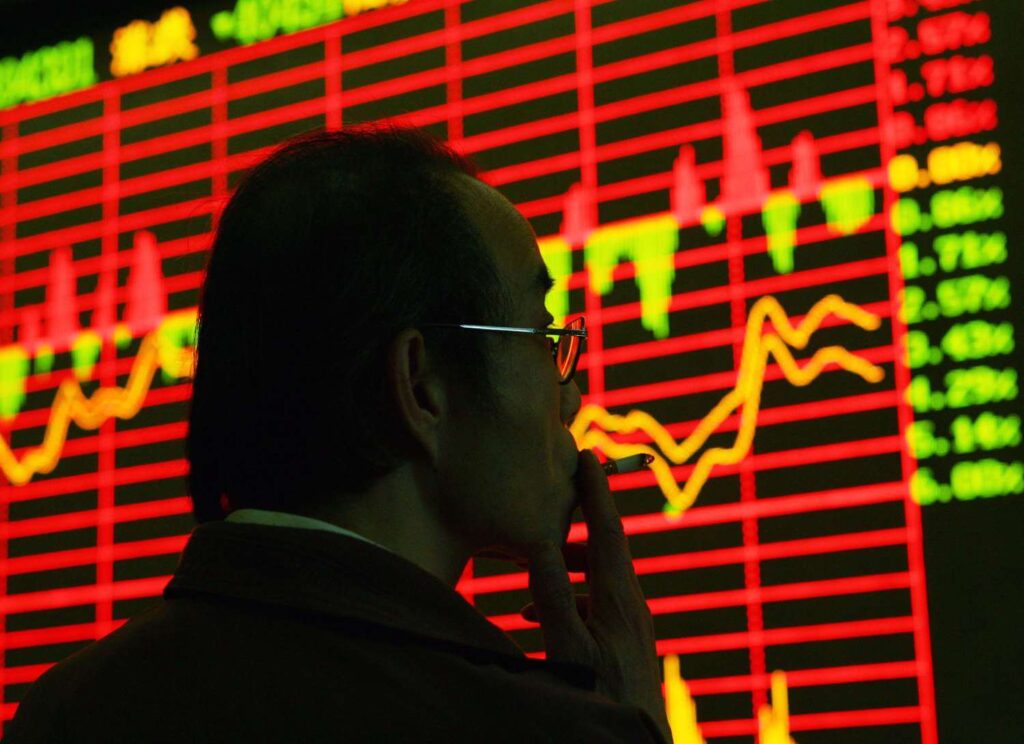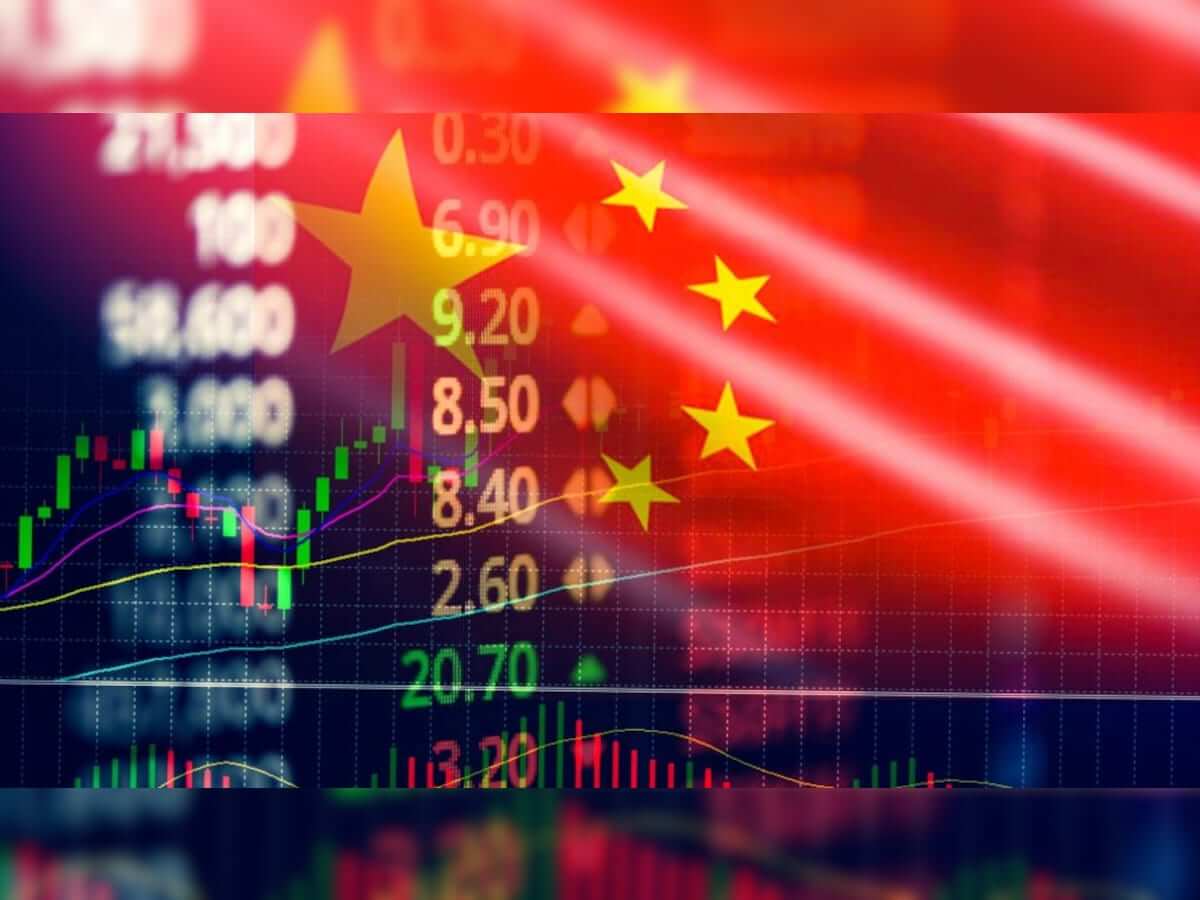Chinese stock markets are at a crossroads as they approach crucial technical levels, signaling a prolonged selloff that may lead to further losses. The ongoing downturn reflects global investors’ prevailing pessimism about China’s economic prospects, marked by a delicate recovery and a deepening real estate crisis. Despite Beijing’s efforts to stabilize sentiment, foreign outflows persist, aggravated by Moody’s Investors Service’s recent wide-ranging outlook downgrade for China’s sovereign and corporate ratings.
Hong Kong’s Hang Seng Index is nearing a significant long-term trendline that dates back to the 1998 Asian financial crisis. This line, which provided support during the 2008 global financial crisis, allowed the benchmark to rebound swiftly after breaching the threshold in October of the previous year. However, current concerns among traders suggest that the index may experience extended losses if it falls below this crucial support level, especially given the prevailing negative sentiment. With a decline of over 17% this year, the HSI stands as the worst-performing major stock index globally.
On Friday, the Hang Seng Index saw a potential 0.6% decline, heading towards its lowest close in a year.

The Shanghai Composite Index’s “fate line,” a historical support in times of crises over the past 18 years, has also faced repeated tests this year. Meanwhile, the CSI 300 Index is in proximity to its historic trendline after reaching its lowest point since 2019 this week. The benchmark for onshore shares exhibited fluctuations between gains and losses on Friday.
The overall sentiment in Chinese stocks remains challenged, driven by economic uncertainties and the persistent real estate crisis. The extended selloff raises concerns about the resilience of key support levels, with global investors closely monitoring developments in China’s stock markets amid broader economic challenges.









